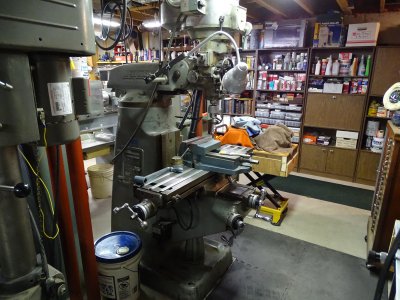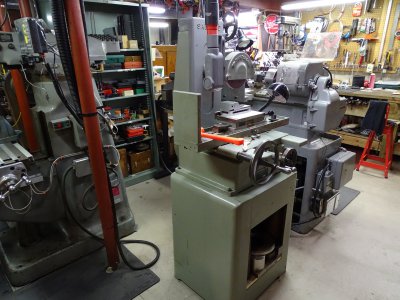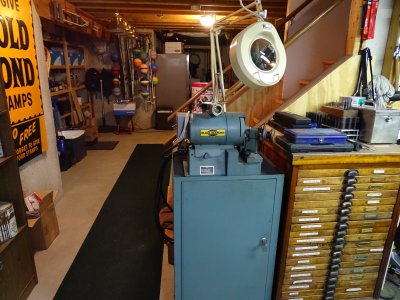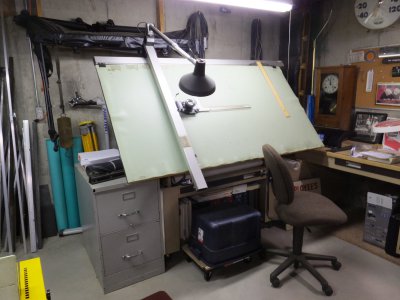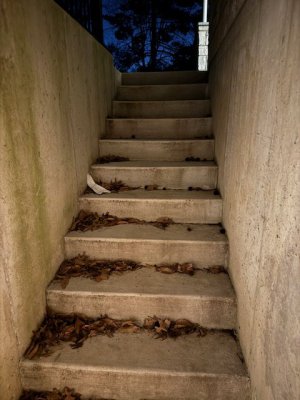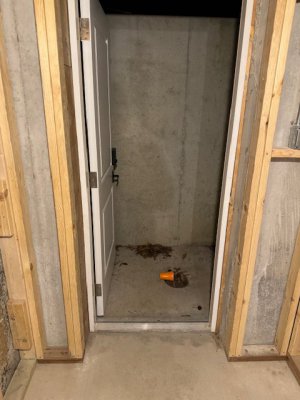Drywall, wall paper, and drapes are for home decorators and is always in the way once you start trying to modify things.
Mind the mill height vs your ceiling height. As noted the mill motor when up might fit between joists??? Yes, get the Taiwan version of equipment. The Chinese versions are a bit of the luck of the draw as to QC. Taiwan, seems to be much more consistent and better quality. Leave space at the spindle end of the lathe so you can have a long piece of work sticking out. If you cannot leave space then put things in this space that are moveable. Or make it so that the work sticking out can go through an open door. Casters on everything is nice. Check out David P Best's postings.
@davidpbest He sponsors a HM Forum so it is easy to see various postings. Just click on Forums and you will find his main threads. He probably has the ultimate Hobby basement shop and has posted lots of pictures of it and on his getting his stuff in the basement. I believe that he had a walkout man door entrance installed with a flat concrete bottom outside of the basement wall so that he could just lower tools down and then roll them into his basement shop. I think he may have the PM1340GT.
I do no recommend the PM940M (Chinese), but I have one and I got it in to a very tight spot in the basement but taking the table off and mounting it on casters so that I could just roll it around. Once in place I block it above the casters so it will not move. However, when I need to get behind it I just lower it with a jack and then roll it around. I put my PM1440GT on casters as well.... similar idea but a better job of it. I up bathroom shower floor liner (thin rubber, comes in big sheets at Home Depot or Lowes or etc.) under, and around, my tools to protect the floor from the oils and debris. (This is the stuff that mason/tile layers put under the shower floor tile to prevent water leaks.) Sometimes I throw used cardboard (boxes) down on the floor to catch the oil, especially around the Mill.
A little ventilation/exhaust is nice if you can figure it out. This is especially true if you in tend to use coolant/lubricant, which breaks down and evaporates into the face of the machinist! You said hard alloys and Stainless so you will want some air.
Good luck
Dave L.

